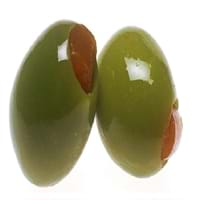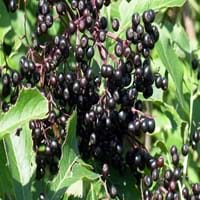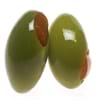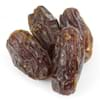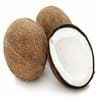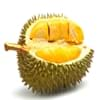Health Benefits
Cancer prevention, Helps in cartilage regeneration, Prevents macular degeneration, Treatment of alzheimer's disease
Cancer prevention, Heart care
General Benefits
Anti oxidant properties, Anti-inflammatory properties, Boosts immune system, Controls blood pressure, Digestive aid, Maintains healthy cholesterol level
Anti oxidant properties, Anti-inflammatory properties, Boosts immune system, Controls blood sugar levels, Cures fever, Digestive aid, Eye care, Fights against infections, Flu treatment, Helps in weight loss, Maintains healthy cholesterol level
Skin Benefits
Hydrates skin, Skin rejuvenation, Treatment of skin diseases
Anti-aging benefits, Skin rejuvenation
Hair Benefits
Acts as moisturizer, Good conditioner, Regulates hair growth
Promotes longer and healthier hair
Allergy Symptoms
NA
Abdominal pains, Asthma, NA, Sneezing, Sore throat
Side Effects
Affects blood glucose levels, Dizziness, Stomach pain
Diarrhoea, Nausea, Vomiting
Lactating Women
Yes
Not Available
Best Time to Eat
Hardly eaten raw, Olive oil is consumed for many purposes.
As a snack in the late afternoon, Don't consume at night and before bed, Eat the fresh ones, avoid mixing with any other foods, don't eat after meal., Morning time (before lunch)
Vitamin B5 (Pantothenic Acid)
Vitamin C (Ascorbic Acid)
Vitamin E (Tocopherole)
Not Available
Vitamin K (Phyllochinone)
Not Available
Lutein+Zeaxanthin
Not Available
Calories in Fresh Fruit with Peel
Calories in Fresh Fruit without Peel
Not Available
Not Available
Calories in Frozen Form
Not Available
Not Available
Calories in Canned Form
Not Available
Season
Spring, Summer
Autumn
Varieties
Manzanillo, Sevillano, Mission, Ascolano, Barouni, Gordal, Rubra and Picholine
Adams, Black Beauty, Black Lace, Johns, Nova, Variegated and York
Color
Black, Green, Purple, Yellow
Black, Red
Inside Color
Brown
Magenta
Taste
Bitter
Juicy, Sweet
Origin
Eastern Mediterranean Region
Europe
Soil Type
Well-drained
Sandy, Well-drained
Climatic Conditions
Warm to hot climate
Warm to hot climate
Facts about
- In ancient Greece, 1st eye shadow was made by adding olive oil in ground charcoal.
- The most expensive form of olive oil is Extra Virgin.
- Largest type of olive tree is known as donkey tree & smallest one is called bullet.
- According to a superstitious belief, the "elder tree" was supposed to ward off evil influence & give protection from witches.
- Branches from its tree are also used to make fujara, koncovka & other Slovakian flutes.
Top Producer
Spain
United States of America
Other Countries
Algeria, Egypt, Greece, Italy, Morocco, Portugal, Syria, Tunisia, Turkey
Colombia, India, Mexico
Top Importer
United States of America
Not Available
Top Exporter
Italy
Not Available
Botanical Name
Olea europaea
Sambucus nigra
Synonym
Not Available
Not Available
Subkingdom
Tracheobionta
Tracheobionta
Division
Magnoliophyta
Magnoliophyta
Class
Magnoliopsida
Magnoliopsida
Subclass
Rosidae
Asteridae
Order
Lamiales
Dipsacales
Family
Oleaceae
Adoxaceae
Species
O. europaea
S. nigra
Generic Group
Olive
Moschatel
Difference Between Olive and Elderberry
We might think that Olive and Elderberry are similar with respect to nutritional value and health benefits. But the nutrient content of both fruits is different. Olive and Elderberry Facts such as their taste, shape, color, and size are also distinct. The difference between Olive and Elderberry is explained here.
The amount of calories in 100 gm of fresh Olive and Elderberry with peel is 115.00 kcal and 73.00 kcal and the amount of calories without peel is Not Available and Not Available respectively. Thus, Olive and Elderberry belong to and category.These fruits might or might not differ with respect to their scientific classification. The order of Olive and Elderberry is Lamiales and Dipsacales respectively. Olive belongs to Oleaceae family and Elderberry belongs to Adoxaceae family. Olive belongs to Olea genus of O. europaea species and Elderberry belongs to Sambucus genus of S. nigra species. Beings plants, both fruits belong to Plantae Kingdom.
